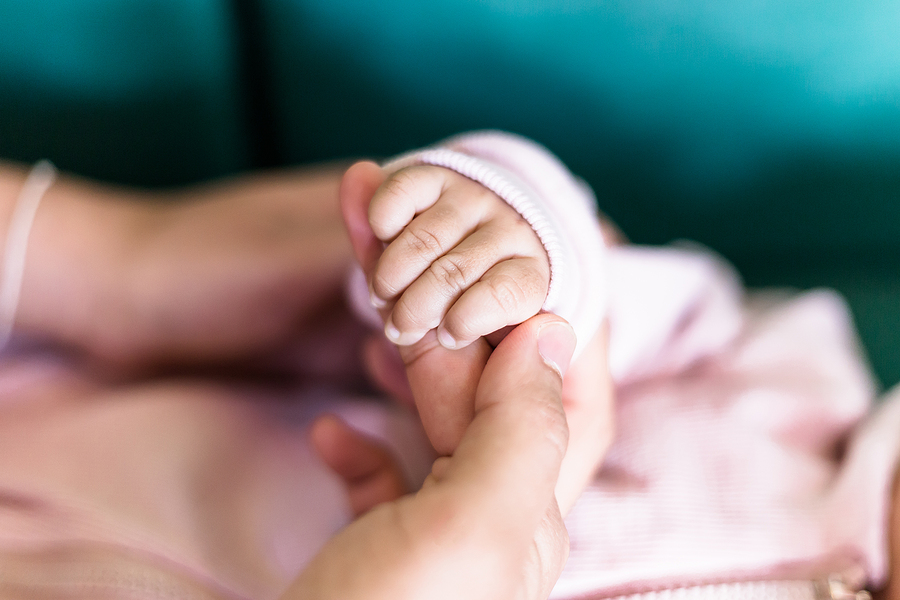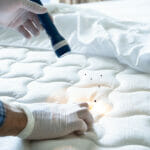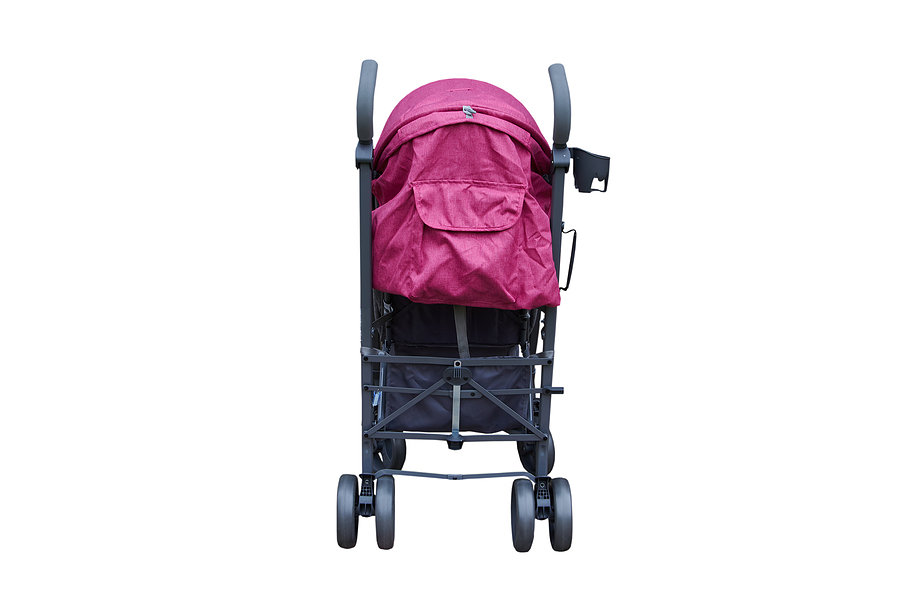For many new parents, putting a newborn to sleep is both difficult and scary. With fears about SIDS (sudden infant death syndrome) and countless sleep safety guidelines to bear in mind, the simple task of putting your baby to bed may feel quite daunting.
Sleep is a crucial part of every newborn’s life. Most doctors recommend that newborns get at least 16 hours of sleep a day. It’s imperative that you understand how to put your baby to sleep safely. If you are unsure about safe sleeping habits for newborns, here are some tips.
What is SIDS?
Table of Contents
SIDS, or Sudden Infant Death Syndrome, is when a baby dies unexpectedly despite exhibiting no signs of illness. These unexplained infant deaths are quite rare, with roughly 2,500 cases in the USA every year.
The cause of SIDS is unknown. However, avoiding unsafe sleeping practices can help prevent SIDS from occurring. Our tips on safe sleeping for newborns are recommended guidelines that can reduce your infant’s risk. However, if you are looking for more in-depth information about SIDS and its risk factors, please speak to a health professional who will be able to give you the most accurate and up-to-date information.
Is swaddling safe for sleeping?
While some parents think swaddling is an outdated method, others swear that it helps their newborn sleep well during the night. A swaddling blanket is designed to mimic the feeling of the womb and convey a sense of security and calm.
There is little consensus in the medical world on the safety and effectiveness of swaddling. If done properly, swaddling can be safe. However, it is crucial that you follow proper swaddling guidelines to make sure your baby can breathe and move inside the blanket.
Use this guideline to learn about SIDS, swaddling, and how to keep your newborn safe each and every night.
If you’re looking for alternative nightwear for your newborn, this newborn baby boy clothing has some adorable, comfy options that are perfect for nighttime. We recommend loose, cozy onesies for sleeping. You could even go for one of Bitsy Bug’s fuzzy bear options, and you’ll have your very own teddy to tuck in every night.
Tips on safe sleeping arrangements
These safety tips are generally accepted as best practice. If you have any specific questions about your sleeping arrangement for your newborn, be sure to check with your medical professional.
Share a room
It is highly recommended that you share a room with your infant for the first six months. Set up a separate cot or Moses basket with a firm, solid mattress next to your bed. Evidence suggests that sharing a room with your baby will reduce the risk of sudden infant death.
Use this sleeping arrangement every single time your baby naps or goes to sleep. Avoid letting yourself fall asleep with your baby on the sofa as this arrangement can be extremely hazardous.
If you need to bring the baby into your bed, be sure to remove all hazards from the area, including pillows, blankets, or toys.
Choosing a safe crib
The surface that you choose for your newborn is an important decision. You will need a firm flat surface covered by a fitted sheet. Make sure the crib you choose follows the government safety standards.
For instance, look out for gaps between the mattress and the edge of the crib. Never use cribs that are old or broken. Make sure the slats on the crib are the correct width and distance apart.
Room temperature
The temperature in the room can also affect your baby’s health and quality of sleep. Overheating is especially dangerous for sleeping infants. Check your baby’s tummy to see if it feels too hot. 18C is usually a good room temperature to aim for.
Be careful not to place the crib next to a radiator, heater, open fire, or in direct sunshine. Also, be careful to keep your baby’s head completely uncovered during the night as they lose extra heat through the head. To know more about heater or oil filled radiators, view this article from eminickreview.com.
Avoid decorative items in the crib
Items like blankets, bedding, pillows, and toys are incredibly hazardous when left in the crib of a sleeping infant. These items are risky as they can become tangled in your baby’s limbs and can lead to suffocation, entanglement, or strangulation. Likewise, avoid using nestling pillows or sleep positioners as these products are also choking hazards for sleeping infants.
Make sure they sleep on their backs
Finally, your baby’s sleeping position can help keep them safe. It’s recommended that newborn babies sleep on their backs. This advice goes for every single nap your baby takes in their crib.
Some babies may roll during sleep. If your baby is strong enough to move themselves, they may be old enough to sleep on their side or tummy. However, while they’re still young, gently turn them back onto their back while they sleep.
Try to establish a routine by placing your baby on their back from the very first night at home. This routine will also help them get to sleep quickly and easily.
Final Thoughts
It is imperative that you create a safe sleeping routine for your baby. SIDS is a rare syndrome, but it is important that you take steps to reduce your baby’s risk. Sleep in the same room as your infant for at least six months, with your baby on a separate firm cot. Make sure there are no hazardous items in their vicinity and that they always sleep on their back.
If you have any specific concerns about your child’s sleep patterns or routines, be sure to speak to a medical professional who will be able to give you the right advice for your situation.
Once your child reaches the one year mark, it is usually safe to start introducing blankets and pillows into their nighttime routine. This transition may be difficult – it may feel like you’ve finally settled into one nighttime routine, and now you have to adjust to another one. If you’re struggling to adjust to any nighttime routine with your baby, try these tips.
Image Source: BigStock.com (licensed)
Related Categories: Safety, Kids, Reviews







